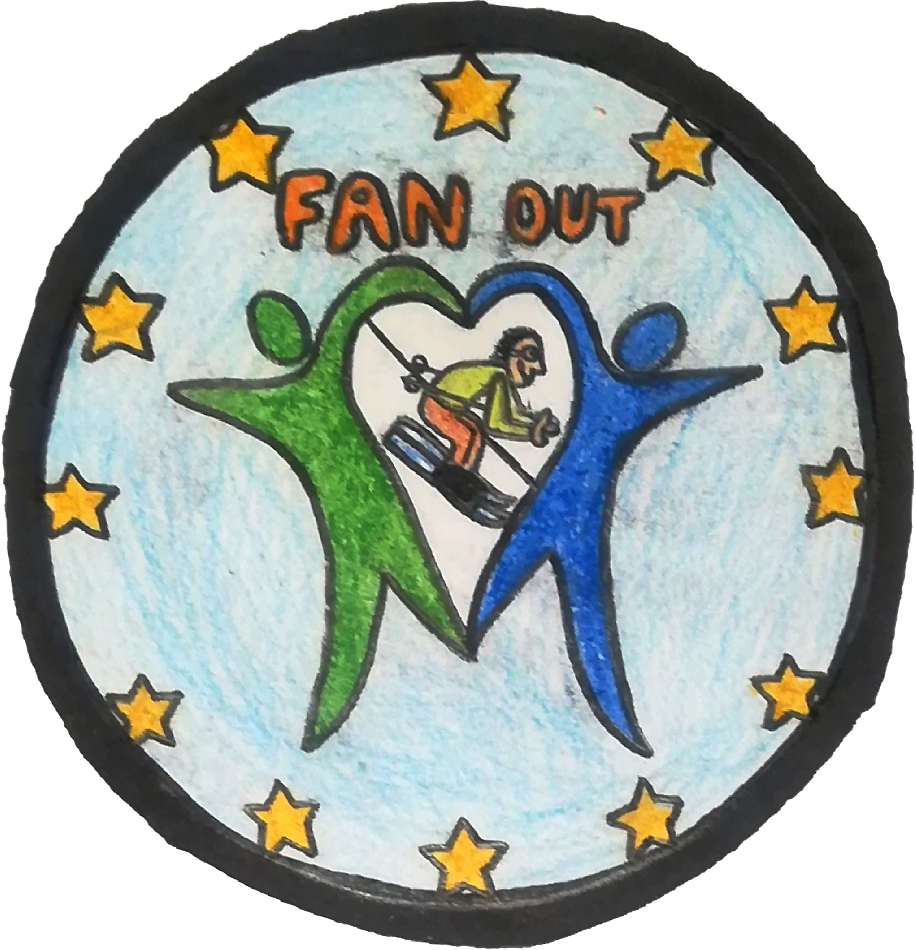ABARIZA

FESTIVE AND WOOING GAMES

GAME

CHILDREN GIRLS & BOYS

TEAMS

NO CLUB

PHYSICAL CONDITION IMPROVEMENT
Abariza
How is it played? (Rules)
Players are separated into two mixed teams (both genders). Each team places a rock or a bottle in its area to designate their hide-out (limeri). The two hide-outs (limeria) are about 30 metres apart. Using a chalk, a straight line is drawn in the middle between the two hide-outs, thus separating the two teams. This line represents the border between the two teams. A children’s rhyme, like «Eeny, meeny, miny, moe» is used to choose or determine which team gets to give the signal to leave the hide-out first. Then, the player that gets to leave the hide-out first gives the signal to a player on the opposing team. Both leave their hide-outs, moving towards the border, chasing each other while trying to tag the opponent first. All the players then tries to tag a player from the other team. If they succeed, he/she is considered their prisoner. The prisoner is taken to the opponent’s hide-out (limeri), but can be liberated/freed when tagged by a member of his/her own team. The team with the greatest number of prisoners wins the game. (No time restriction for this game)
Sport or Game History and origins:
Abariza was a popular game throughout Greece during the postwar period, usually played outdoors or in open spaces. Many children, boys and girls, played this game either during school recess or after school in their neighborhoods.
Submitted by
NATIONAL AND KAPODISTRIAN UNIVERSITY OF ATHENS
Objective
The team with the greatest number of “prisoners” in its hide-out wins the game. Each player (from two teams) tries to tag a player from the other team. Those tagged become the prisoners and have to go into the opponents hide-out. A prisoner can be freed or escape when tagged by a member of his/her own team. The team with the greatest number of “prisoners” wins the game.
Benefits
Physical: Motor skills improvement (coordination, balance, agility, etc.)
Physical: Physical condition improvement (strength, speed, endurance, etc).
Game’s materials
A rock, a bottle or any other appropriate object to designate or represent a hide-out (limeri); chalk or another appropriate marker to draw the border, the line between the two teams
Is it related to an specific event or festivity ( festivals, religious or pagan celebrations)?
No, it is not.






